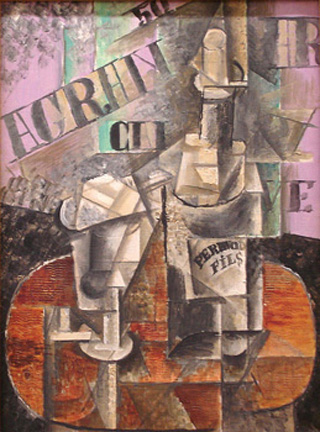Course Description
This course studies representative twentieth and twenty-first-century texts and films from Hispanic America and Spain. Emphasis is on developing strategies for analyzing the genres of the novel, the short story, the poem, the fictional film, and the theatrical script. The novels read this semester are Magali García …
This course studies representative twentieth and twenty-first-century texts and films from Hispanic America and Spain. Emphasis is on developing strategies for analyzing the genres of the novel, the short story, the poem, the fictional film, and the theatrical script. The novels read this semester are Magali García Ramis’s Felices días, Tío Sergio (1986, Puerto Rico) and Javier Cercas’s Soldados de Salamina (2001, Spain). We will study Lorca’s play “La casa de Bernarda Alba” (1936, Spain), films from Spain, México, and Cuba, poems by Darío (Nicaragua), Machado (Spain), Lorca (Spain), Hernández (Spain), Vallejo (Perú), Cernuda (Spain), and Luis Palés Matos (Puerto Rico), and short stories from México (by an exiled Spanish writer), Chile, Argentina, and Cuba. Thematic emphasis is on the Spanish Civil War, changing attitudes toward gender, the Spanish-speaking Caribbean, and the history of race in the Americas.
Course Info
Instructor
Departments
Learning Resource Types
assignment_turned_in
Written Assignments with Examples











